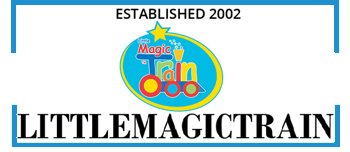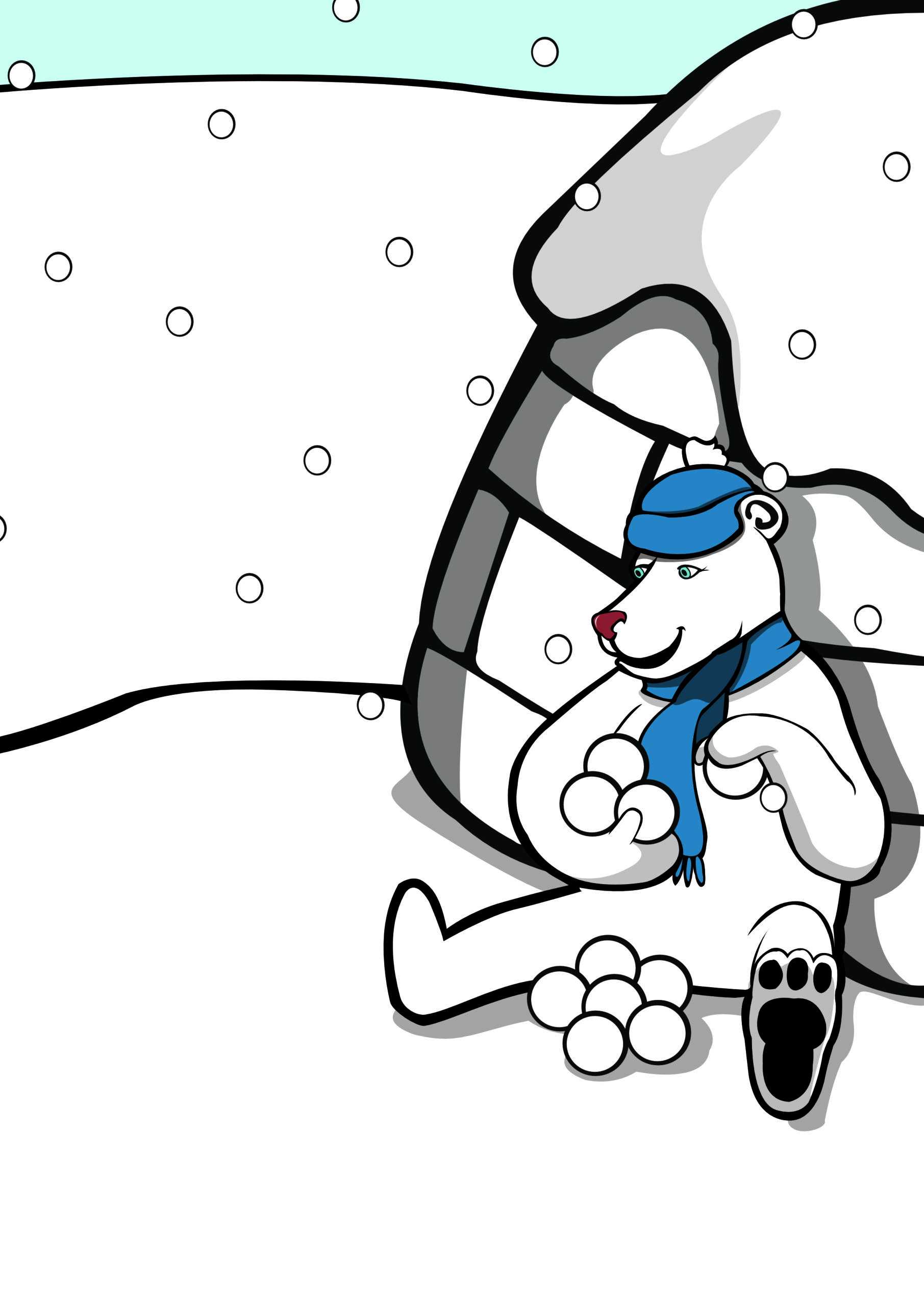Moving and having fun is the best way to develop your little one’s self-confidence.
The cornerstone of building self-confidence is to make activities fun. Remember the pleasure of being able to achieve something you really enjoyed for the first time and then again and again? This enjoyment will give them the confidence to try something new and believe in their own abilities.
“From the earliest days, a child will grow in confidence and self-esteem by mastering new abilities through play” Dr Richard Woolfson
There is so much evidence about the developmental benefits of movement for children and their long-term health. This is such a wonderful thing but, only when they are engaged and joining the fun. The difficulty can be engaging them.
We know active physical and social play helps everyone, including adults, build confidence.
“Active kids are healthy kids, inside and out.” Professor Charlie Foster
The key to reaching these goals is to find a way to engage them in the activity and movement. As you build their confidence it will make it easier each time for them to join in. This newly found confidence of theirs makes it easier for them to find new friends, build resilience and try new things.
THE KEY TO SUCCESS IS PLEASURE
The more children play the more pleasure they have. More play equals more pleasure.
More pleasure builds their confidence and belief in what they can do. Pleasure enables children to conquer more challenging activities and successful play boosts confidence.
Think back to your own childhood. What activities did you enjoy and keep going back to and why?
THE WHY?
It is so important to encourage and create opportunities for your little ones to move in their surroundings and play together.
Movement is vital for children as it significantly improves their brain plasticity and cognitive function. Alongside the benefits of physical activity, they are improving their communication skills. A child who can’t convey their feelings or ideas can become withdrawn and isolated.
“Researchers observed thicker and denser white matter among those children exhibiting greater degrees of physical fitness in turn linked with significantly superior attention span, memory, and cognitive facilities.” The Effect of Movement on Cognitive Performance 2018
THE HOW?
NUMBER 1: GROUP ACTIVITIES
The wake-up and goodbye to the day
Create a morning wake-up and goodbye for the end of the day as part of the daily routine, for the children and team. Build the activity over several weeks.
MORNING WAKE-UP
To make this fun, work together creating the warm-up with the children. This will give them ownership of the activity and make it exciting as you are letting them take ownership.
Your warm-up sequence should be very simple, only consisting of jumps, runs on the spot and claps. Once they have mastered the sequence you can develop it further and extend the warm-up time as they progress. Don’t forget this is also good for adults!
GOODBYE TO THE DAY
Put on some relaxing music and reach for the sky, your toes, and a few sideway stretches. You can introduce some yoga moves: The butterfly, downward dog or the cobra followed by a well-deserved nap listening to some calming music.
STORYTIME
As part of your day read “We’re going on a bear hunt”. Take the children on their very own “Bear Hunt” around the setting, garden, or park. This is a great opportunity to work on their positional language in the search for bears under, inside, or next to the trees.
FOLLOW THIS UP: make their very own bear or block play a den for the bears to play in or have a teddy bears picnic.
Throughout the fun, their confidence will build as they interact and work together.
NUMBER 2: ACTIVE PROBLEM SOLVING
Utilize their enthusiasm for a story or an activity by planning a problem-solving adventure.
I have a perfect example from the wonderfully creative Munchkinos childminding setting in Swansea. Claire and Toni extended the children’s learning about water when they went on a trip to the “North Pole” with their Littlemagictrain who got stuck in the ice! The children had to problem-solve by discovering the best way of melting the ice so they could all get back home safely.
Take a peek and watch their adventure here as this fabulous activity, created by Claire and Toni, helped the children discover that they can overcome challenges. Helping them to build confidence in their own abilities.
https://www.facebook.com/551994074864497/posts/3897186980345173/
NUMBER 3: EMOTION AND MOVEMENT
Allow everyone to express feelings through the movements. For example, revisit your “Bear Hunt” and meet and become grumpy bears stomping around the room, garden park, etc and join in. Movement and music are truly the universal languages of emotion.
Source a selection of classical music that you think will help your children express their feelings. The music will allow you to talk about how the music makes everyone feel and it allows you to talk about emotions in a gentle way.
Examples of some music you can use for key emotions.
Sad: Gymnopedie No. 1 (Erik Satie)
Happy: The Nutcracker, Op. 71:1. Overture (Allegro giusto) (Pyotr Ilyich Tchaikovsky)
Angry: Le Scare du Printemps: V.Ritual of the Rival Tribes (Igor Stravinsky)
Tired/Exhausted: Enigma Variations: Nimrod (Sir Edward Elgar)
This is a great introduction to talking about, feeling, and moving to the emotions in the music, helping your little ones develop self-regulation and confidence.
Well-being and confidence are the most important things you can give your little ones.

